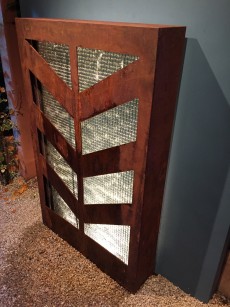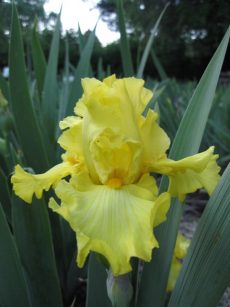
What do you get when you combine a world renowned pottery artist with a reformed corn grower? On California Street in Ben Lomond, the result is the Brook Lomond Iris Farm of Rick and Chris Moran. This fun, educational, inspiring couple recently invited me to admire this year?s crop of tall bearded iris grown with certified organic gardening practices as well as to share their organic vegetable garden, cactus and succulent collection and Chris? unique pottery. They are getting ready for this year?s annual iris sale coming up April 30th as well as May 1st and 7th from 9:00-4:00 each day when the iris blooms will be at their peak.
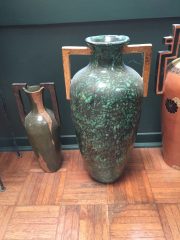
Upon arriving my eyes were torn between the colorful beds of iris on my left and the blooming cactus and succulent collection displayed on the flagstone entry garden on the right. I later learned Chris cut and laid the flagstone herself. Inside the house Chris?s fabulous coiled pottery vases, urns and jugs in their great room were so amazing I had a hard time tearing myself away to start the tour of the back garden and iris beds in the front. Cody, their new dog, was good company as I learned how the Moran?s came to start an iris farm.
When Rick Moran was 13 years old he worked at LoPresti tomato farm in Connecticut. ?I hated it,? he laughs. Later when he was a student at UCSC he used to pass by the Chadwick garden and says he ?got the gardening bug by osmosis?. After graduation the couple moved to Bar Harbor Maine where they started a community garden. Chris displayed the cactus and succulents she had moved there in a heated porch which was quite the talk of the town for neighbors passing by on a snowy day.
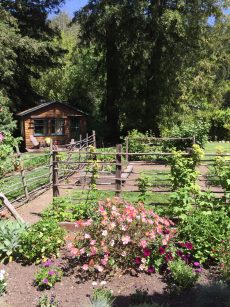
When they moved back to this area and found the sunny lot in Ben Lomond, Rick added nine yards of chicken manure mixed with rice hulls and planted corn. He had visions of savoring succulent ears of corn for dinner but quickly realized that the amount of water needed to grow corn was prohibitive. That was after the Chris? succulent failure. He and Chris wanted to come up with a crop they could make a little supplemental income. She used to sell her cactus and succulents when they lived in Capitola at the drive-in in Santa Cruz many years before but after planting fancy succulents in the front yard and seeing them turn to mush in a Ben Lomond freeze they realized succulents weren?t going to work either.
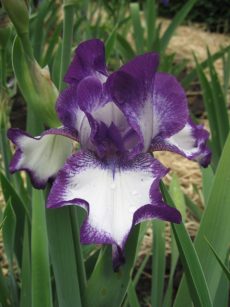
Enter ?The Queen of the Garden? as iris are called. The Morans researched these stunning flowers and found them to be drought tolerant and deer and gopher resistant. Having a high water table Iris are the perfect crop. They require no extra water at all with summer being the plant?s dormant season. Chris worked for the City of Santa Cruz for 25 years and started their Home Composing program. They compost all garden waste and kitchen scraps using the compost as the only fertilizer for the iris beds and vegetable garden. They get 15 wheelbarrows of compost a year from their simple bins. Straw is spread as mulch to control weeds between the iris beds?
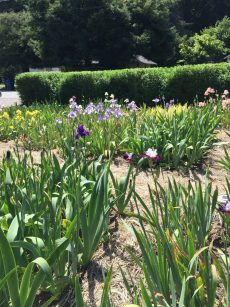
The iris are starting their blooming cycle now. Some bloom earlier than others. By planting early, mid and late blooming varieties you can extend their colorful show for several months. Iris also make a good cut flower and many are fragrant. Chris told me that you can tell when an iris was hybridized from it?s shape. The early types are not as frilly as modern varieties. She pointed out a bed of Wabash Heritage which was first introduced in the 1920?s- simple with three falls. The lovely sky blue flowers of Striped Zebra iris smelled of Grape Koolaid. Chris explained that the flower scent develops as they sit in the sun. The aroma is not as strong when they first open.
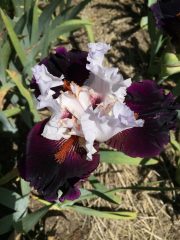
The Brook Lomond Iris Farm is located at 10310 California Drive off Highway 9 in Ben Lomond. Just look for the tall flags waving in the breeze and bring your camera. Iris rhizomes for sale are chosen for hardiness in this area and the Morans are always on the lookout and adding the newest varieties available such as the deep purple Dusky Challenger. The Iris Farm is educational as well as beautiful- a place the whole family will enjoy.

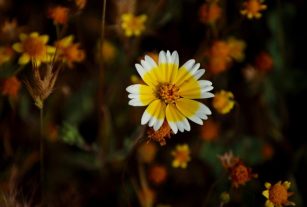
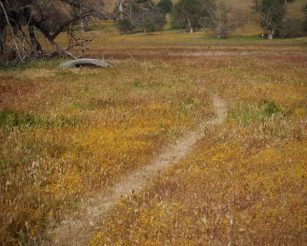
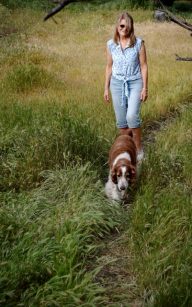
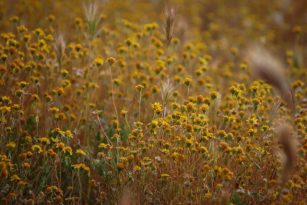
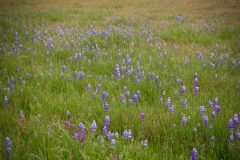
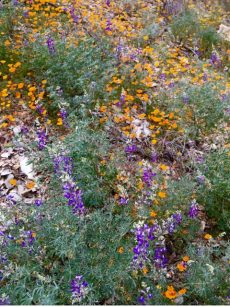
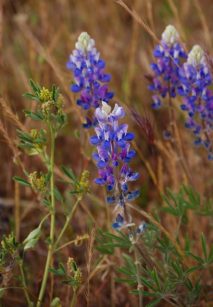
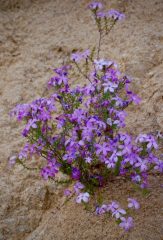 get another bloom this spring in some locations so check the site for what?s blooming and where. Next year be sure to check out this source of wildflower sightings early and often in the season to get the very best wildflower viewing time for where ever you might want to visit.
get another bloom this spring in some locations so check the site for what?s blooming and where. Next year be sure to check out this source of wildflower sightings early and often in the season to get the very best wildflower viewing time for where ever you might want to visit.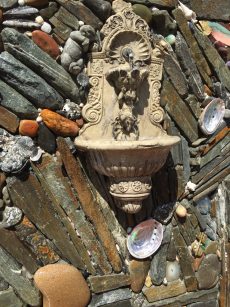
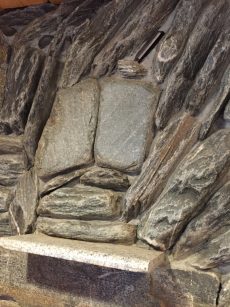
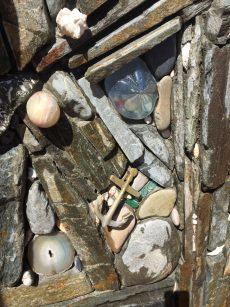
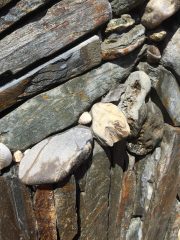
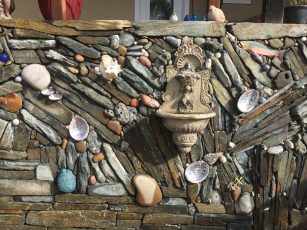
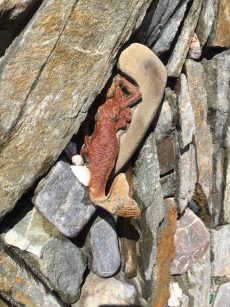
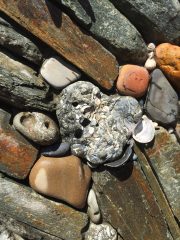

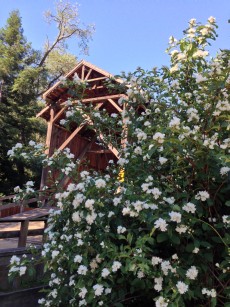
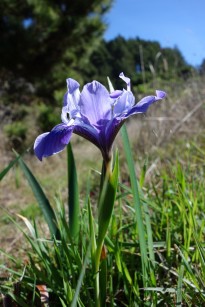
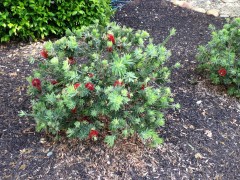
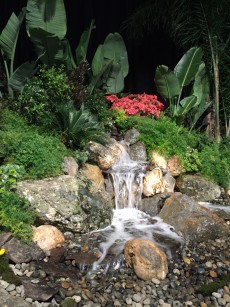
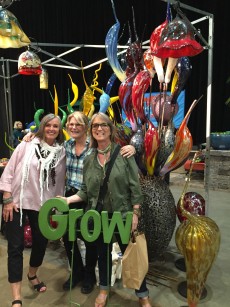
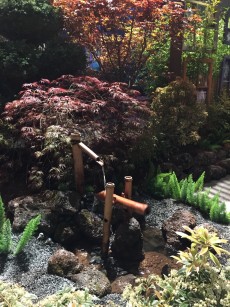
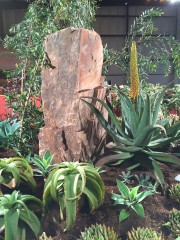 looking plants created a living tapestry around columnar basalt landscape rocks. Other notable features of this garden were the brightly painted stucco walls enclosing the space and stucco-over-building-block retaining walls painted bright blue, red and terra cotta.
looking plants created a living tapestry around columnar basalt landscape rocks. Other notable features of this garden were the brightly painted stucco walls enclosing the space and stucco-over-building-block retaining walls painted bright blue, red and terra cotta.